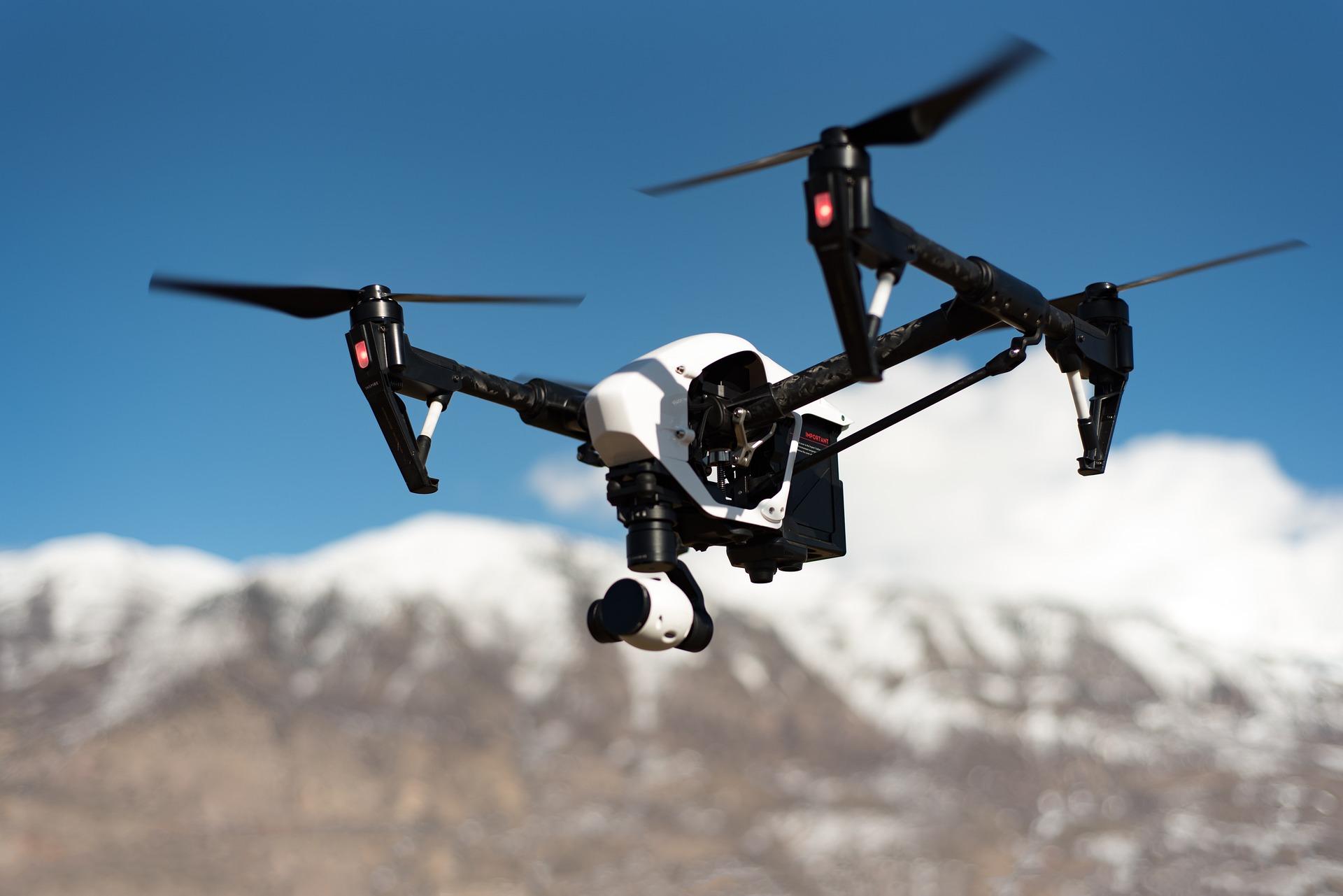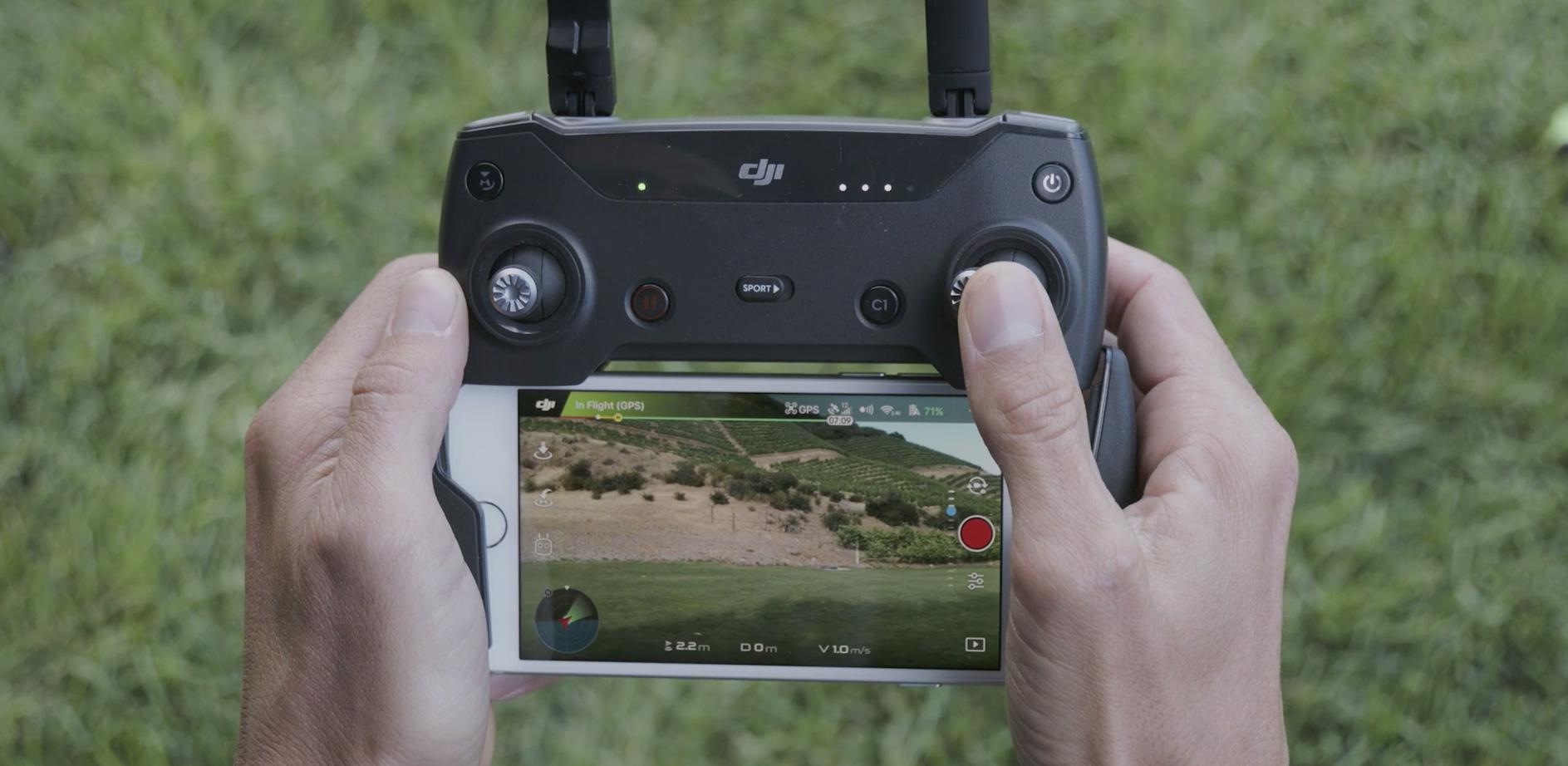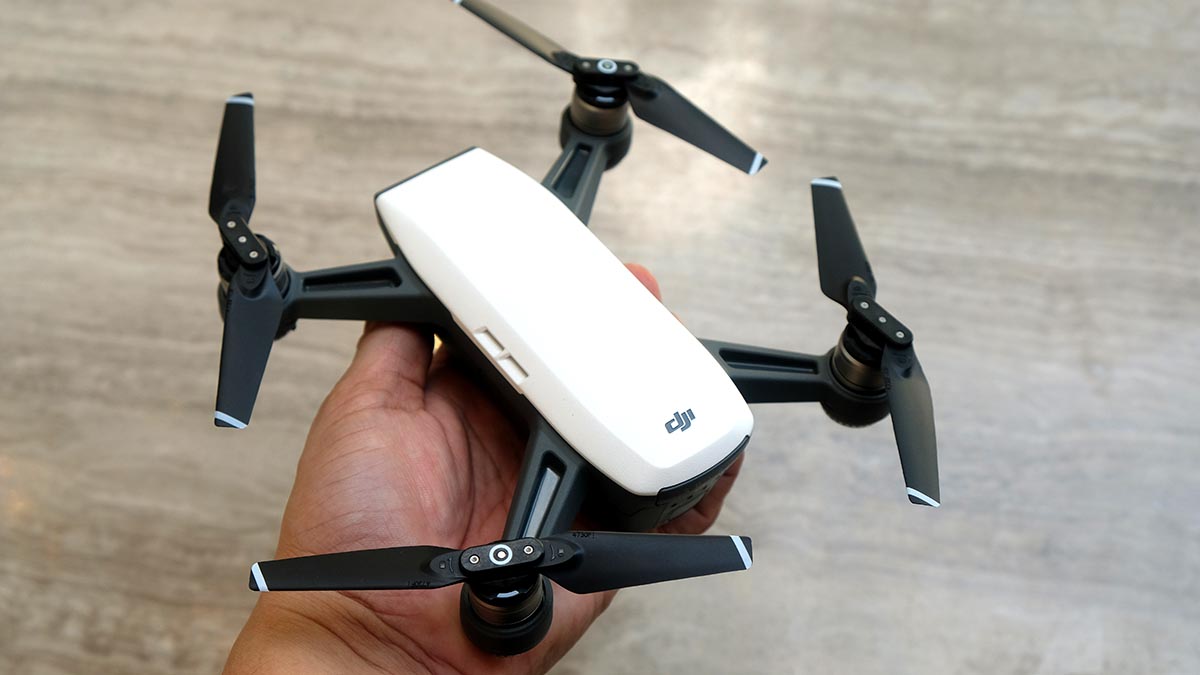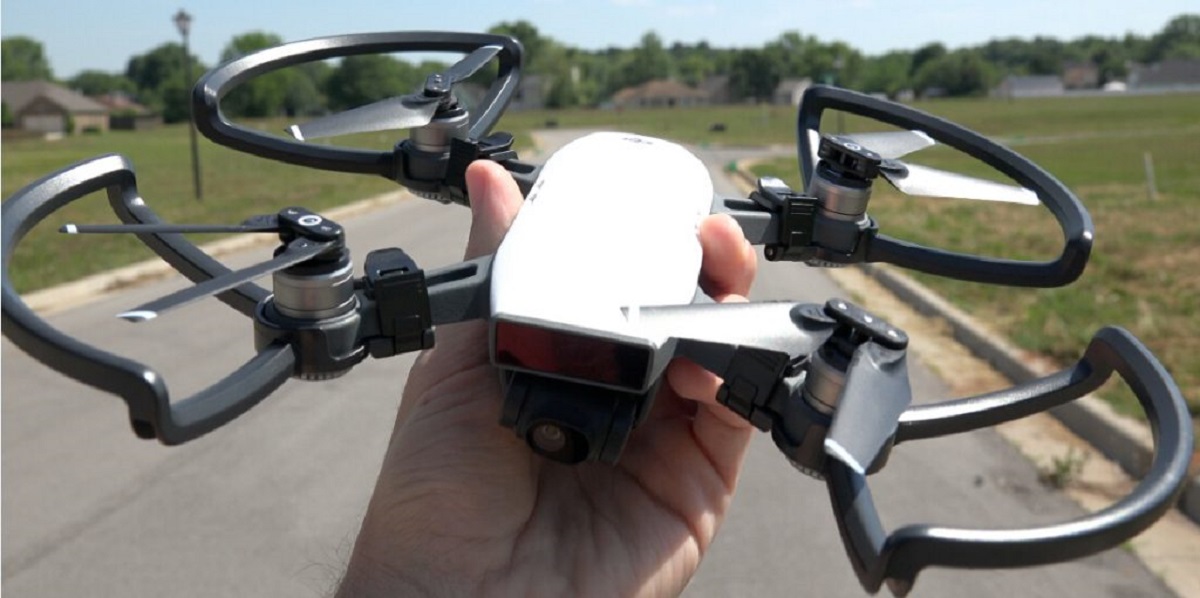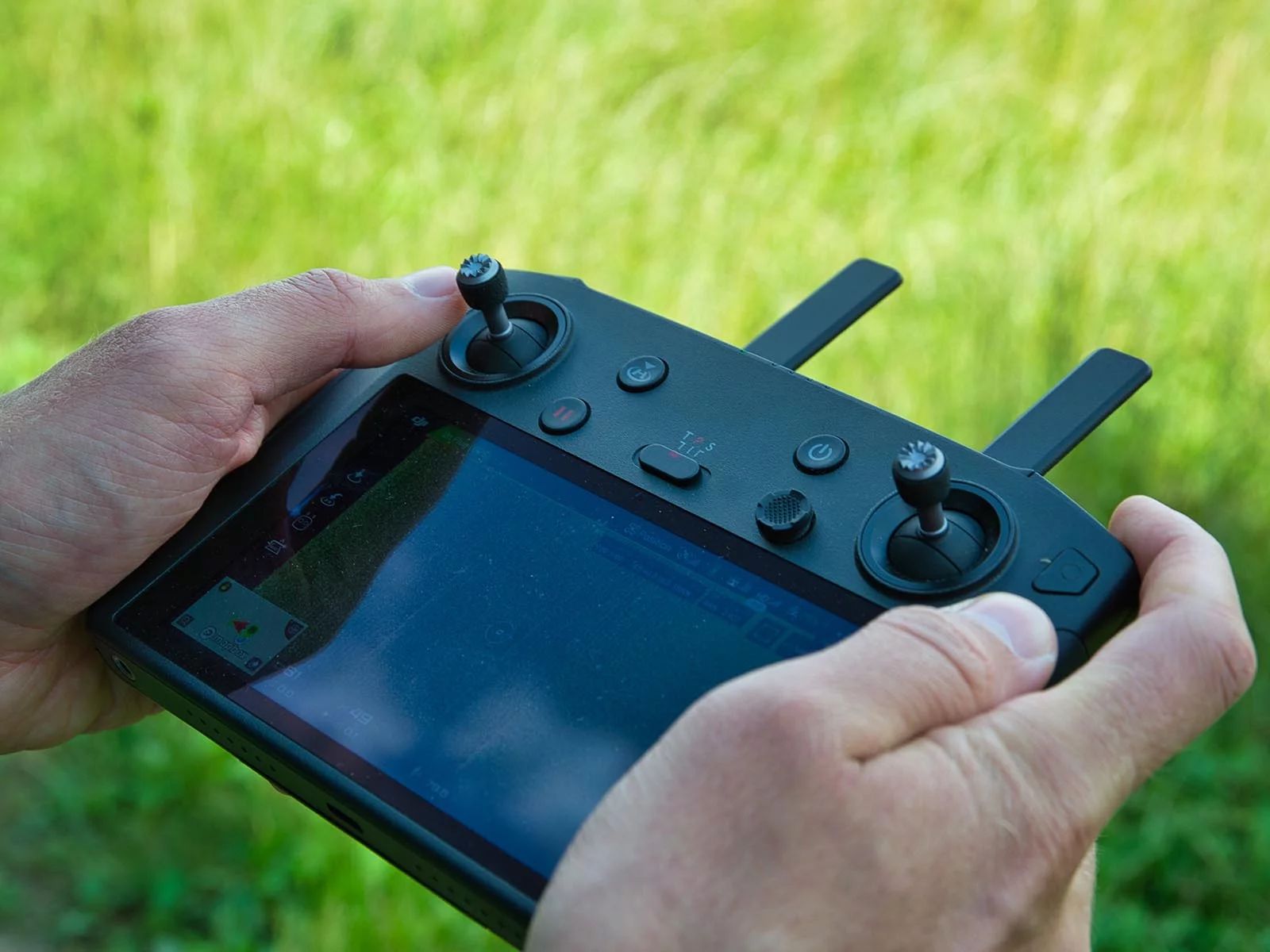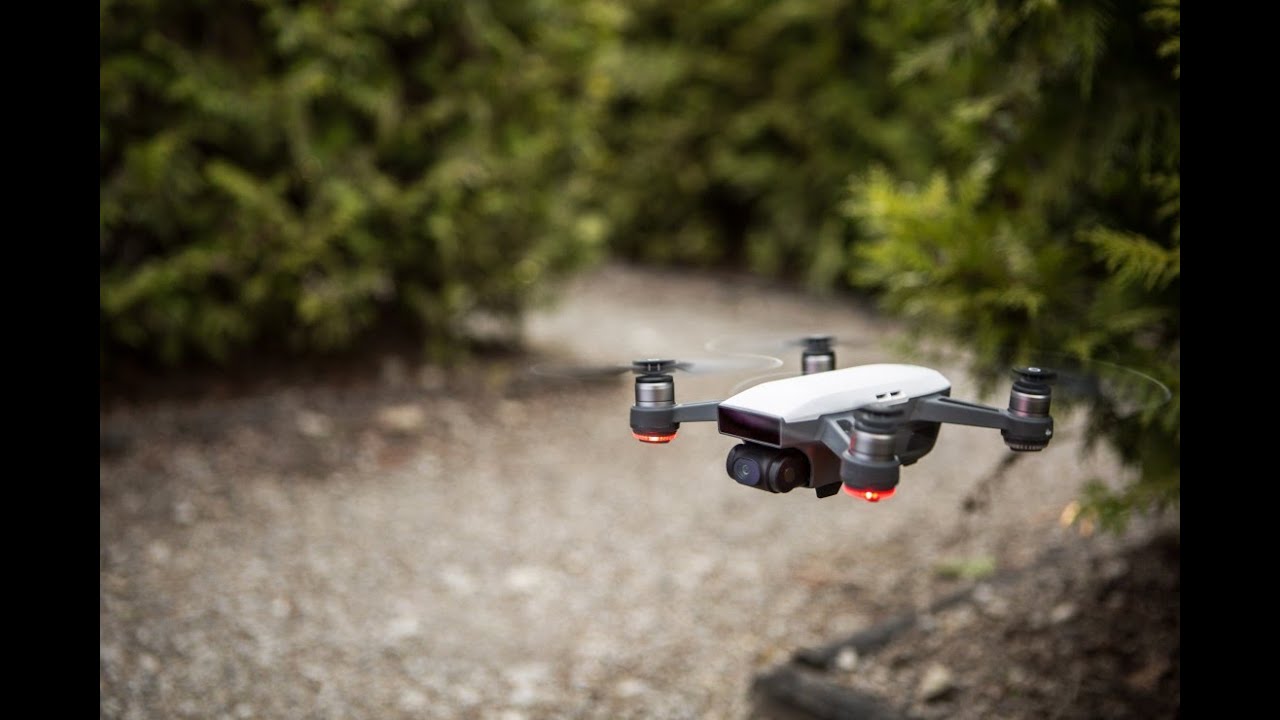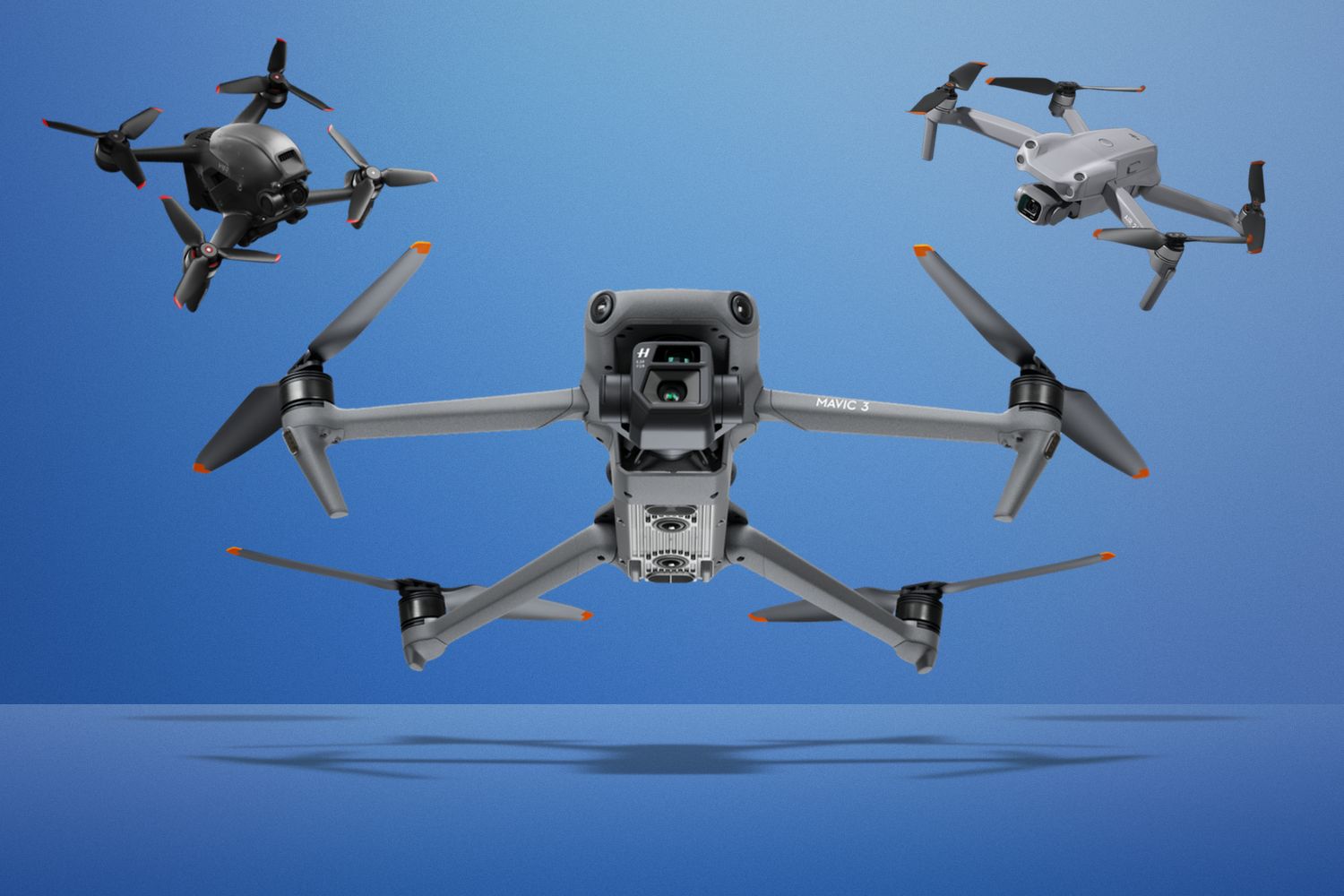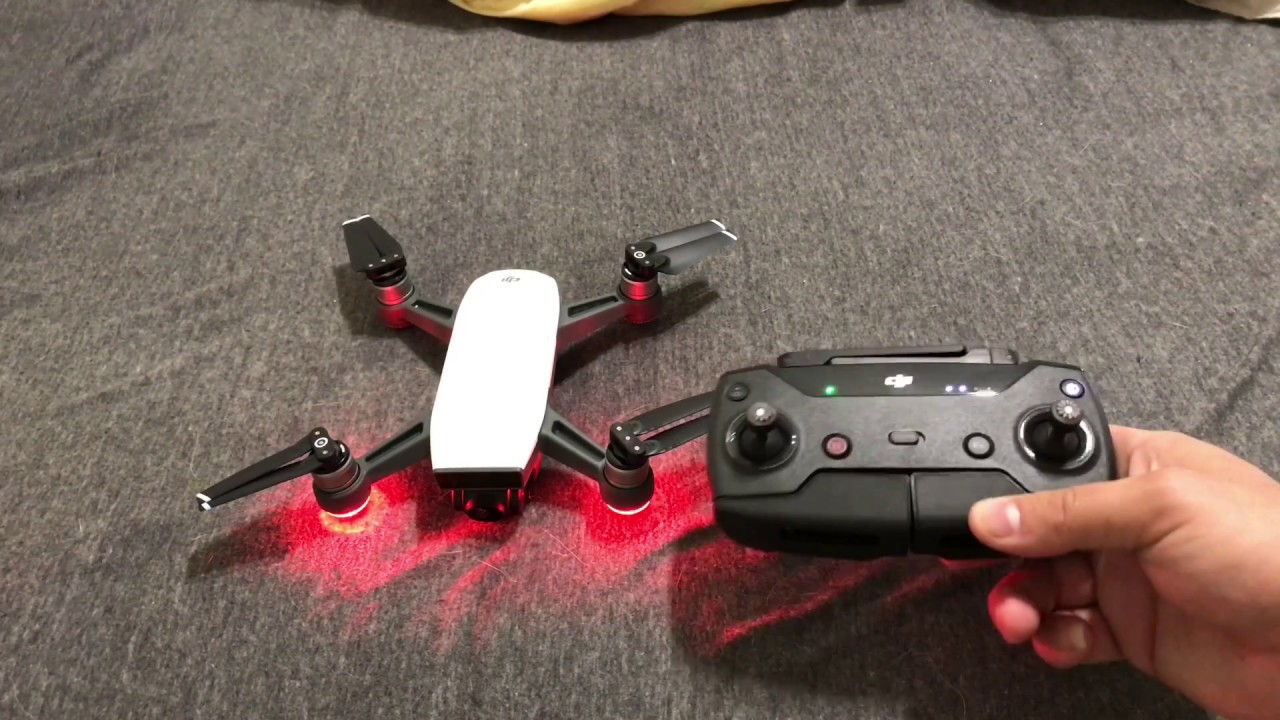Introduction
When it comes to capturing stunning aerial photos and videos, the DJI Spark is one of the most popular and versatile drones on the market. This compact and lightweight drone is perfect for beginners and enthusiasts alike, offering a range of advanced features packed into a small package. One of the key aspects that drone enthusiasts often consider is the maximum flight height of the DJI Spark.
The flight height of the DJI Spark is influenced by various factors, including technical limitations, regulatory restrictions, and environmental constraints. Understanding these factors will not only help you make the most of your DJI Spark drone but also ensure you stay within legal boundaries.
In this article, we will delve into the factors that affect the DJI Spark’s maximum flight height and explore the regulations imposed by the Federal Aviation Administration (FAA). We will also provide some valuable tips to help you maximize the flight height of your DJI Spark drone.
So, whether you’re a seasoned drone pilot or planning to purchase your first drone, read on to discover how high your DJI Spark can fly and how you can make the most of its capabilities.
Factors Affecting the DJI Spark’s Maximum Flight Height
Several factors come into play when determining the maximum flight height of the DJI Spark drone. These factors include technical specifications, battery life, GPS signal, altitude limits, and obstacle avoidance capabilities. Understanding these factors will help you get a better grasp of the limitations and capabilities of your DJI Spark.
Technical Specifications: The DJI Spark comes with an impressive vertical ascent and descent speed, allowing it to reach higher altitudes quickly. However, it’s important to note that the drone’s maximum flight height is limited by its design and engineering specifications.
Battery Life: The battery life of the DJI Spark directly influences how high it can fly. As the drone ascends to higher altitudes, it requires more power. Therefore, a fully charged battery will have a significant impact on the flight height. It’s essential to monitor the battery levels and plan your flights accordingly to avoid the risk of the drone descending unexpectedly.
GPS Signal: The DJI Spark utilizes GPS technology to maintain stability, navigate, and execute flight commands. The strength and stability of the GPS signal can affect the drone’s ability to maintain a steady altitude. Therefore, flying in areas with a strong GPS signal is crucial for maximizing the flight height.
Altitude Limits: Most consumer drones, including the DJI Spark, have built-in altitude limits to comply with aviation regulations. These limits are usually set to ensure the drone remains within a safe operational range. It’s important to be aware of these altitude restrictions and fly the DJI Spark within the specified limits to ensure safety and legal compliance.
Obstacle Avoidance: The DJI Spark is equipped with obstacle avoidance sensors, which help it detect and avoid objects in its flight path. These sensors play a vital role in maintaining a safe altitude and preventing collisions. However, it’s important to note that flying in areas with obstacles or poor visibility can limit the drone’s maximum flight height.
By considering these factors and understanding their impact on the DJI Spark’s maximum flight height, you can make informed decisions and fly your drone safely and confidently.
FAA Regulations and Height Restrictions
When operating a drone like the DJI Spark, it’s crucial to be aware of the regulations and height restrictions imposed by the Federal Aviation Administration (FAA). These regulations are in place to ensure the safety of airspace and prevent interference with manned aircraft.
The FAA requires recreational drone pilots, including DJI Spark users, to abide by specific rules regarding altitude limitations. According to the FAA’s Small UAS Rule (Part 107), recreational drone pilots must not fly their drones above 400 feet above ground level (AGL). This limit helps maintain separation between drones and manned aircraft, reducing the risk of collisions.
It’s important to note that this height restriction is not only applicable to the DJI Spark but to all recreational drones operating in the United States. Violating these height restrictions can result in fines, penalties, or even legal consequences.
Additionally, it’s essential to be aware of any Temporary Flight Restrictions (TFRs) that may be in effect in your area. These temporary restrictions are usually imposed during events, emergencies, or other situations that require the protection of airspace. Checking for TFRs before each flight will help you avoid any potential violations and ensure you’re operating within the legal boundaries.
Furthermore, it’s crucial to respect the privacy of individuals and properties while flying your DJI Spark. Avoid flying over private properties without permission and always maintain a safe distance from people, structures, and sensitive areas.
By familiarizing yourself with the FAA’s regulations and height restrictions, you can enjoy flying your DJI Spark responsibly and legally, while minimizing risks and maintaining the safety of airspace.
How High can the DJI Spark Fly?
The DJI Spark is an impressive drone that can reach considerable heights, allowing you to capture stunning aerial footage. However, it’s important to understand and abide by the regulations and limitations to ensure a safe and enjoyable flying experience.
The DJI Spark’s maximum flight height is determined by various factors, including technical specifications and regulatory restrictions. According to DJI’s official specifications, the DJI Spark has a maximum altitude limit of 13,123 feet (or 4,000 meters) above sea level. However, it’s important to note that this limit may vary depending on your location and local regulations.
It’s crucial to keep in mind the FAA’s height restriction of 400 feet above ground level (AGL) for recreational drone pilots. This limitation ensures the safety of airspace and helps prevent potential collisions with manned aircraft.
To maximize the DJI Spark’s flight height, it’s essential to fly in open areas with a strong GPS signal. Avoid flying near airports, heliports, or other restricted areas where drone flight is prohibited. By adhering to these precautions, you can reach higher altitudes safely while complying with the necessary regulations.
Additionally, consider the battery life of your DJI Spark before attempting high-altitude flights. As the drone ascends, it requires more power to maintain stable flight. Monitoring the battery levels and planning your flights accordingly will help you avoid unexpected descents and ensure a safe return to the ground.
It’s important to note that flying at maximum altitudes can impact the stability and responsiveness of the DJI Spark due to thinner air and reduced GPS signal quality. Therefore, it’s advisable to exercise caution and maintain control of the drone while flying at higher altitudes.
By understanding the DJI Spark’s maximum flight height, complying with regulations, and considering the technical and environmental factors, you can make the most of your drone’s capabilities and capture breathtaking aerial shots.
Tips for Maximizing the DJI Spark’s Flight Height
To get the most out of your DJI Spark drone and reach higher flight altitudes, consider the following tips:
- Choose Open Areas: When planning your flights, select open areas with minimal obstacles and obstructions. Large, open spaces not only allow for higher flight heights but also reduce the risk of potential collisions and signal interference.
- Check GPS Signal: Before takeoff, ensure that your DJI Spark has a strong GPS signal. Flying in areas with a solid signal reception will help maintain stability and allow for higher flight altitudes.
- Monitor Battery Levels: Keep a close eye on your drone’s battery levels, as flying at higher altitudes can drain the battery faster. Make sure to start with a fully charged battery and plan your flight so that you have enough power for a safe return to the ground.
- Observe Weather Conditions: Take into account weather conditions before flying your DJI Spark. High winds, rain, or extreme temperatures can impact the drone’s flight performance and flight height. It’s important to fly in optimal weather conditions to ensure safe and stable flights.
- Stay Within Legal Limits: Always adhere to the FAA’s regulations and height restrictions, ensuring you fly your DJI Spark below 400 feet above ground level (AGL) for recreational purposes. Respect any local or temporary flight restrictions in your area to maintain legal compliance.
- Flight Planning: Plan your flights carefully, considering any potential hazards or obstacles in the vicinity. By pre-planning your route and being aware of nearby structures, power lines, or restricted areas, you can avoid limitations that may prevent you from reaching higher altitudes.
- Continuous Learning: Keep yourself updated with the latest firmware updates and drone flying techniques. Understanding the capabilities of your DJI Spark, its flight modes, and camera settings will help you optimize its flight height and capture amazing aerial footage.
By following these tips, you can maximize the flight height of your DJI Spark and enjoy the full potential of this remarkable drone while ensuring safety and compliance with regulations.
Conclusion
The DJI Spark is an impressive drone that offers the ability to capture stunning aerial photos and videos. However, understanding the factors that affect its maximum flight height and complying with FAA regulations is crucial for a safe and enjoyable flying experience.
Factors such as technical specifications, battery life, GPS signal, altitude limits, and obstacle avoidance capabilities all play a role in determining the DJI Spark’s maximum flight height. By considering these factors and operating within their limitations, you can optimize the performance and capabilities of your DJI Spark drone.
It’s important to be aware of the height restrictions imposed by the FAA, which limit recreational drone pilots to 400 feet above ground level (AGL). This limitation helps maintain the safety of airspace and prevent collisions between drones and manned aircraft.
To maximize the DJI Spark’s flight height, choose open areas with strong GPS signals, monitor battery levels, and be mindful of weather conditions that could impact flight performance. Additionally, staying informed about local and temporary flight restrictions will help ensure compliance with regulations.
By following these tips and guidelines, you can make the most of your DJI Spark’s capabilities, reach higher flight altitudes safely, and capture breathtaking aerial footage.
Remember, responsible and informed drone flying not only ensures safe operations but also helps to maintain a positive image of drone enthusiasts and the drone community as a whole. So, embrace the possibilities that the DJI Spark offers, fly responsibly, and enjoy the incredible world of aerial photography and videography.







